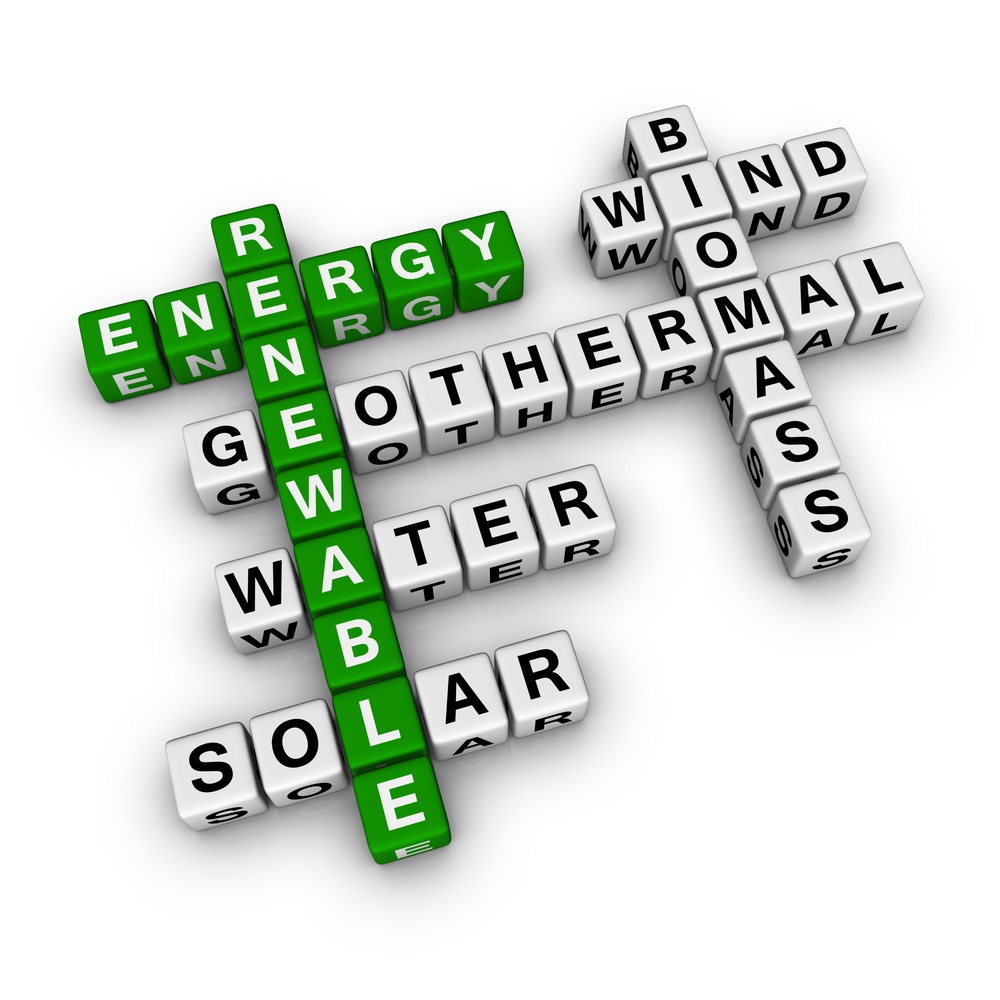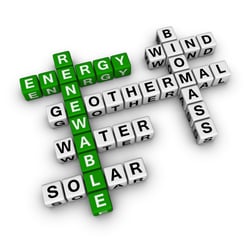2 min read
Progress Report: EU on Track to Meet 2020 Renewable Energy Targets
John Greene
:
July 17, 2015

We provided a synopsis last month via the Forest2Market blog of the announcement that three European Union (EU) member countries had already exceeded their 2020 renewable energy goals, which is five years ahead of schedule. In the coverage (based on 2013 data), we noted that Sweden, Estonia and Bulgaria had exceeded their goals, four other countries were very close to meeting their goals, and yet another four countries were lagging behind in efforts towards meeting their individual objectives. On the heels of this data, the European Commission recently published a progress report illustrating that the EU as a whole is on track to meet its 2020 renewable energy targets.
While there have been interim national targets set from the beginning of the Renewable Energy Directive initiated in 2001, the overriding goal is to reduce EU greenhouse gas emissions by 20% (compared to 1990 levels) and increase renewable energy production by 20%. Per the Commission’s latest report, renewable energy is projected to account for 15.3 percent of member states’ 2014 gross final energy consumption. Additionally, 25 of the total 28 member states are expected to meet their 2013/2014 national targets.
Other key findings from the latest progress report include:
- The EU's 2020 renewables target resulted in around 326 Mt of avoided CO2 emissions in 2012, and 388 Mt in 2013.
- The 2020 renewables target led to a reduction in the EU's demand for fossil fuels by 116 Mtoe (2013 figure).
- The 2014 projected share of renewable energy in transportation is 5.7%.

Miguel Arias Cañete, Commissioner for Climate Action and Energy stated, "The report shows once again that Europe is good at renewables, and that renewables are good for Europe. We have three times more renewable power per capita in Europe than anywhere else in the rest of the world. We have more than one million people working in a renewable energy sector worth over €130 bn a year and we export €35 bn worth of renewables every year."
Based upon the report and other recent data, Europe is indeed leading the way globally when it comes to implementing renewable energy standards and policies. Other noteworthy findings resulting from the EU’s dedication to renewable energy programs include: fossil fuel imports decrease by €30 billion per year.
While it should be noted that conversion to renewable sources of energy is an ongoing and monumental task, new technologies and individual projects mean that statistics will constantly be evolving. That said, the primary renewable energy sources and shares in total renewable energy demand in the EU for 2014 are projected to be:
- Biomass: 47% of renewables
- Hydropower: 17% of renewables
- Wind: 11% of renewables
- Biofuels: 9% of renewables
- Solar: 7% of renewables
While certain constituencies within US politics have introduced legislation via the Renewable Electricity Standard to begin driving the country towards more aggressive and consistent renewable energy practices (and accountability), it may well be a long time before individual states and federal legislators can come to terms on anything concrete. With substantial oil, gas, and petroleum resources throughout the country, the US energy and political landscapes are vastly different than those of the EU. But even with the recent crash in oil prices and the resulting “cheap” access to it, it’s only a matter of time before the US will need a more robust and diversified energy portfolio.
Europe is effectively addressing its own unique energy needs with renewable and sustainable resources—as well as cutting-edge technologies—that also create jobs for citizens and profits for businesses. The latest progress report confirms the fact that renewables can be good for both the environment and the economy.





